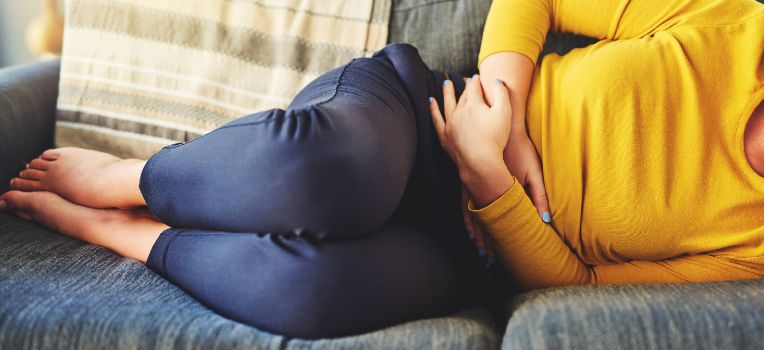Endometriosis can be a painful, chronic disease that results when the tissue that is normally inside the uterus (endometrial tissue) grows outside of the uterine cavity. Although it is estimated to affect from 5 million to more than 6 million women in the United States, the exact number is unknown, since many women with the condition have no symptoms. The incidence of endometriosis is reportedly up to 50 percent in infertile women and as low as 5 percent in fertile women.
Since the development and extent of the disease depends on the female hormone estrogen, endometriosis usually affects women in their reproductive years and is rarely found in postmenopausal women. It can affect any woman of reproductive age, regardless of race, ethnicity, or pregnancy and childbearing history
What Is Endometriosis?
Your ovaries release the hormones estrogen and progesterone every month, that make the endometrium grow thicker and ready for an egg. If you get pregnant, the fertilized egg attaches to the endometrium and starts to grow. If you do not get pregnant, the hormone levels drop, and the endometrium breaks down. Your body sheds the tissue through the vagina as blood during your menstrual period.
If you have endometriosis, the endometrial tissue also grows outside the uterus in other parts of the body. The most common locations are in the lower abdomen or pelvis (the ovaries, fallopian tubes, the ligaments that support the uterus, the outer surface of the uterus, on the outside of the intestines, and on the lining of the pelvic cavity). Health care providers may call areas of endometriosis by different names, such as implants, lesions, or nodules. Endometrial tissue growing within the uterine muscular walls is called adenomyosis. The growths of endometrial tissue outside the normal location are usually not malignant or cancerous.
The problem with these growths is that the misplaced tissues also behave like normal endometrial tissue. They build up each month, break down, and cause bleeding. But unlike the lining of the uterus, the blood from these growths has no way of leaving the body. This internal bleeding inflames the surrounding areas and forms scar tissue which may make it harder to get pregnant.
How Endometriosis Affects Fertility
Most women with endometriosis are still able to conceive, especially those with a mild to moderate form of the disease. Infertility is more common in women with severe forms of the disease. The reasons for a decrease in fertility are not completely understood. It may be due to scar tissue within the pelvis that may distort normal structures, such as the fallopian tubes, which transport the eggs from the ovaries. Or, the body’s inflammatory response to endometriosis may interfere with egg quality and embryo implantation. For some, the treatment for Endometriosis can also make it difficult to conceive. Women being treated for Endometriosis may be prescribed birth control pills, Gonadotropin-releasing hormone (Gn-RH) agonists, or Progestin therapy including Depo-Provera or the Mirena intrauterine device. All of these treatments for Endometriosis would make conceiving impossible while the patient is on any of the listed medication. For those who want to conceive and who have pelvic pain, laparoscopic surgery can be used to improve both symptoms and fertility. Fertility treatments such as inseminations or even in vitro fertilization (IVF) may also be used to help patients to successfully overcome endometriosis and build their family.
